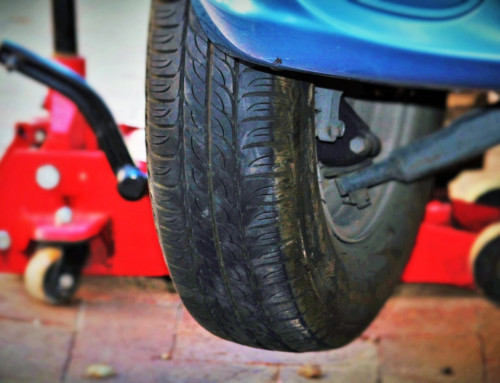ZIMSEC O Level Business Studies Notes: Marketing: Channels of Distribution
- Also known as distribution channels
- This refers to the path through which goods and services travel from the vendor to the consumer or payments for those products travel from the consumer to the vendor
- A distribution channel can be as short as a direct transaction from the vendor to the consumer,
- or it may include several interconnected intermediaries along the way such as:
- wholesalers,
- distributors,
- agents and retailers.
- Each intermediary receives the item at one pricing point and moves it to the next higher pricing point until
- it reaches the final buyer.
- For example:
- Coffee does not reach the consumer before first going through a channel involving:
- the farmer,
- exporter,
- importer,
- distributor
- and the retailer
- The length of the distribution channel refers to the number of intermediaries involved in the channel
- Agent-a third party who acts on behalf of a principal examples include sales, custom clearing agents etc
- An agent can take any business form including a company
- They normally receive commission or payment of some form
- Wholesalers is a business that buys large quantity of goods from various producers or vendors, warehouses them, and resells to retailers
- Wholesalers who carry only non-competing goods or lines are called distributors for example soft drink and beer distributors only sell certain brands for example from Delta
- Retailers– either buy products from wholesalers or directly from manufacturers and sell to final customers/consumers
Channel Routes
- There are five basic channels that a business can choose when distributing a product
- These are:
- Direct Marketing-this is when goods are sold directly from the producer to the consumer/final customer e.g. Farm produce is sold by farmers at Mbare Musika to consumers
- Manufacturer-retailer-consumer for example large retailers like OK supermarket can buy in bulk directly from manufacturers and store goods in their warehouses allowing them to sell directly to consumers
- Manufacturer-Wholesaler-Retailer-consumer is considered the traditional/classic route. For example goods are bought from the manufacturer e.g. Delta by Mohammed Mussa, a local tuckshop owner buys the goods which he then sells to a consumer in his area
- Manufacturer-Agent-Wholesaler-Retailer-consumer- for example a good e.g. phones are bought from a supplier in China, cleared by an agent,sold to a local wholesaler who then sells to a retailer who finally sells to the consumer
- Manufacture-agent-customer this is when say a manufacturer has agents who act on their behalf for example a local agent CHIPS acts on behalf of SAGE Pastel
- It is important to note that business often use a combination of these for different circumstances e.g. Route 3 above when dealing with distance consumers, direct sales when dealing with nearby consumers, use of agents when dealing with overseas customers
NB Direct Marketing is gaining more and more prominence due to the increased use of the internet in business. Now even overseas customers can quickly order from the manufacturer
To access more topics go to the O Level Business Notes




